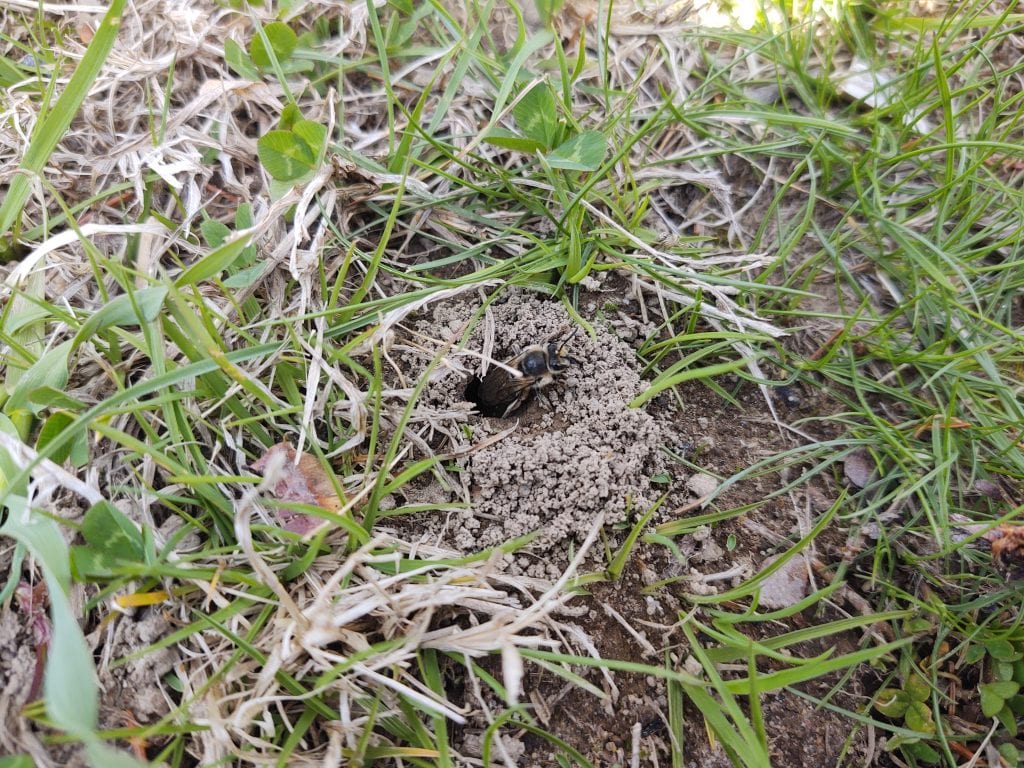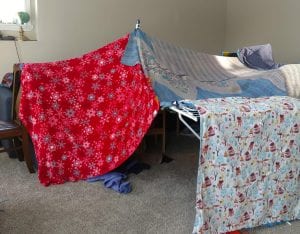
One unexpected outcome of spending all this extra time at home has been seeing what other creatures find shelter in my neighborhood, too! This week, my challenge to you is to look for places where wildlife live, hide, and nest all around you. And once you see something, take a closer look! What I thought were anthills on a sandy patch of a neighbor’s yard turned out to be solitary bee nests and we’ve been checking on them every day since.
When you are OUTSIDE:
- See how many types of animal homes you can find while exploring. Keep an eye out for nests, chipmunk holes, rocks or logs you’ve peeked under, or anthills. Are there any human-made shelters for wildlife in your neighborhood, like bird or bat houses?
- Try building a bird nest. Remember that birds in different habitats have access to different types of materials, so get creative and use what you can find. Birds use nests as nurseries, not as homes, so think about how you will keep the eggs and chicks warm and protect them from predators as you build. If you feel really ambitious, try building a person-sized nest and acting out the life cycle of a bird!
- Take some time to watch an anthill, and maybe even place a crumb of food nearby. Do you see ants moving? Where are they going? When two ants meet, how do they interact? Ants communicate using pheromones, which they can detect by touching antennae or following trails on the ground. Ant colonies are structured much like honeybee colonies, so the ants you are watching are almost certainly all female worker ants.
When you head INSIDE:
- Who doesn’t love a good blanket fort? Building one can foster creativity, problem solving, and engineering skills, but really, it’s just fun! Providing some clothespins, pillows, and a fitted sheet may help with construction. Be warned, the mark of a truly successful blanket fort is some serious resistance to taking it apart.

- Encourage your child to create a home for a favorite stuffed animal. Maybe you have a teddy bear that needs a cardboard box den, or a stuffed skunk that would like a hollow oatmeal container.
- For spiders that build them, webs are used for both shelter and capturing prey. You can make a fun spiderweb game by using masking tape to make a web in a doorway, hula hoop, or between table legs. Stand back and try tossing pom pom or crumpled paper “insects” at the sticky web to see if they get caught!

Our educators, scientists, advocates, and naturalists are committed to keeping you connected to the natural world as we deal with the coronavirus situation together. Check in every weekday on our Connections page for family activities, parent/teacher tips, backyard birding, nature exploration at our sanctuaries, and more.
